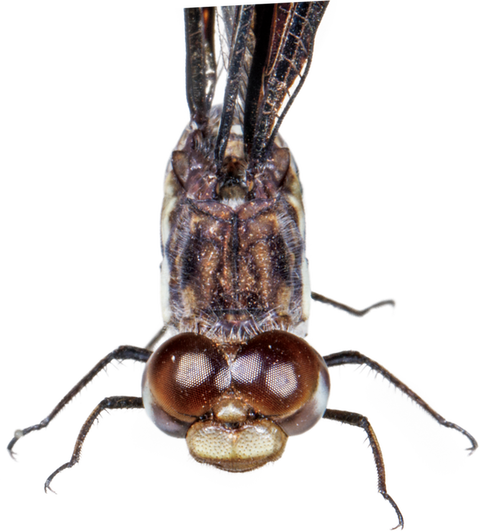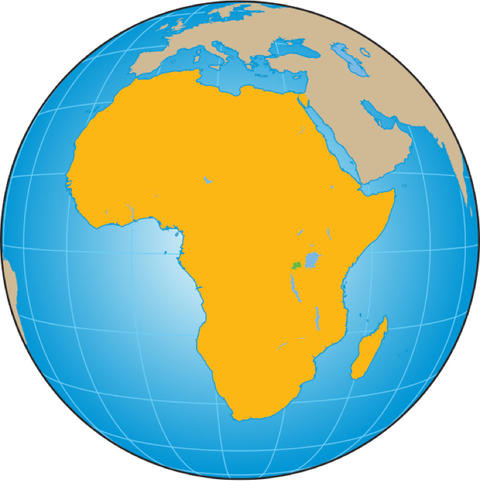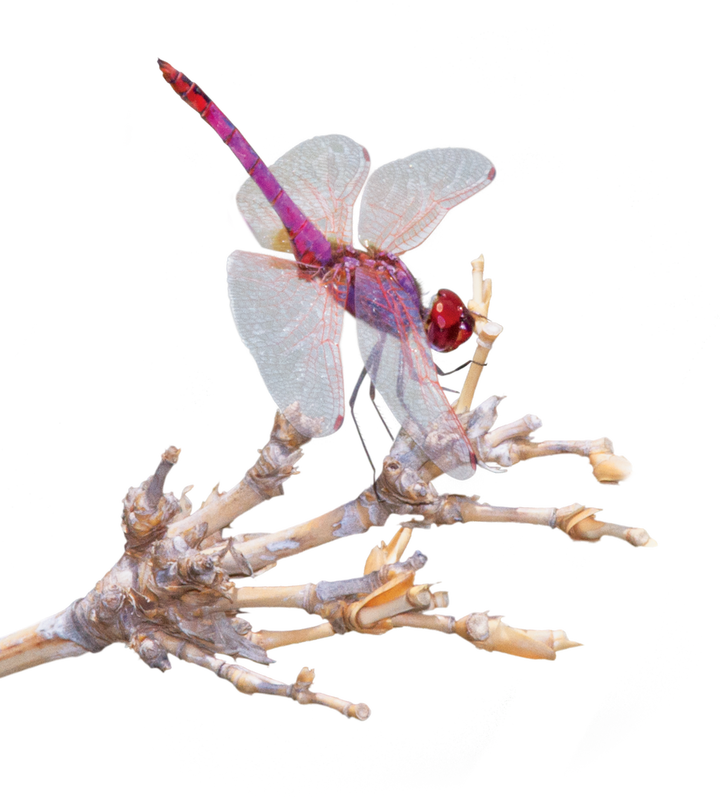

MuhaburaVolcano
Ntarukapowerstation
RugeziMarsh
Uganda
Rwanda
LakeRuhondo
LakeBurera
a close‑up ofthePortiawidow dragonfly

Africa
Atlantic
Ocean
Rwanda
IgrewupintheAfricancountryofRwanda.Ilivedinavillageclosetoawetlandrichinriversandstreams.Irememberswimmingandplayingwithfriendsinthose rivers.
Itriedtocatchdragonfliesastheyflewby.Wecalledthem:“FlyingFlowersoftheRiver.”Overtime,Ibegantoseefewerofthem—andIwantedtoknow why!
Rwandaisoftencalledthe“landofathousandhills.”Intheshadowofanextinctvolcanosittwolakes,BureraandRuhondo.AlsointhisvalleyisRugeziMarsh.Thiswetlandcoversawidearea.Itcontrols,holds,andfiltersthewaterthatflowsintothelakes.Idoalotofmywork here.
Morethan40speciesofbirdsrelyonthemarsh,butpeopledo,too.Itisasourceofbothwaterandpower.WaterseepsthroughthemarshandfeedsLakeBurera,whichinturnfeedsthehydroelectricNtarukapower station.

InRwanda,thedwarfpercherdragonflycanonlybefoundinRugezi Marsh.
FacingaCrisis
Yearsago,mycountrysufferedanenergycrisis.Powerproducedbythepowerstationdropped.WaterlevelsinLakeBureradropped,too.Wehadnottakencareofourmarshland.Therewastoomuchhumanactivityandtoolittlerainfalltoreplenishthis ecosystem.
MuchofRwanda’sdensepopulationdependsonagriculture.Thisputsalotofpressureonits wetlands.
Inthelasttwodecades,we’vetriedtorestoretheRugezimarshland.We’vestoppedcertaindrainageandfarmingactivities.We’vetriedtoblockmostfishing.Someeffortsare working.
Andbelieveitornot,the“FlyingFlowers”ofmychildhoodmightbepartofthe solution!

Avioletdropwingdragonflyrestsona branch.
SignsofHealth
Itturnsout,dragonfliesaregoodindicatorsofthehealthofawetland.Dragonfliesspendmostoftheirlifecycleinthewater.Forthemtothrive,thewatermustbeclean.Theyalsoneedhealthyplantsnearby.Thishelpsthemhidefrom predators.
So,thepresenceofdragonfliesatRugeziisasignofgoodhealth.That’swhyIcreatedamonitoringsystem,usingdragonflies,tohelpusidentifyareasthatneed protecting.
Asthemarshcontinuestorecover,Iamconfidentwewillseemoreandmore“flyingflowers”onthe river!